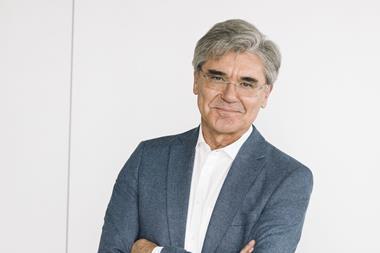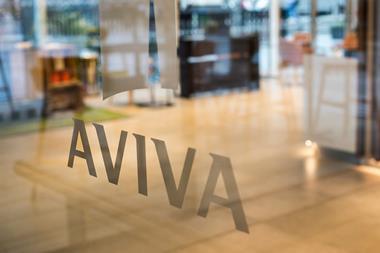GERMANY - MetallRente, the pension group for the German metal industry, now has a target allocation of 80% equities in its Pensionsfonds - a pensions vehicle that it believes is most appropriate for young people.
"One of our principles is to offer every client a pension plan according to their risk adequacy," explained Heribert Karch, CEO of MetallRente, at this year's Union Investment risk management conference in Frankfurt.
"Some people have to rely on a minimum pension, others can take more risk. And a 25-year-old with a 30-year accumulation horizon can survive two crises like the one markets saw over the last months," he told IPE.
Many audience members voiced disbelief when Karch revealed during a panel session that the MetallRente Pensionsfonds currently has an equity quota close to 50% with the aim of gradually bringing it to 80%.
Just prior to this, a poll had been taken in the room which showed that around one-half of the investors present planned to increase their equity holdings over the next six months, although the current average exposure among institutional investors in Germany is around 20%.
Karch said MetallRente wants "to position the Pensionsfonds very aggressively because there was a strong dominance of insurance-based retirement provision in the German market" which was good and "risk adequate" for some people, though not especially good for young people.
He added that he believed many Pensionsfonds providers were not using the full investment flexibility allowed under German regulations and instead stayed quite conservative - some of which is justified, he said, as there is a minimum guarantee which has to be granted by any German pension vehicle.
The minimum guarantees presented by MetallRente is 2.5%. And Karch pointed out that the Pensionsfonds had an average 5-year-return of 3.1% when markets were down in March.
The secret, he suggested, is to diversify between asset managers and ensure the assets are not held with the strongest provider but with a median of the strongest providers.
Karch added that the MetallRente scheme also has a rule requiring officials to lower the equity quota should markets fall below certain levels. During the recent financial crisis the Pensionsfonds had a 10% equity level.
He explained that the focus on rule-based mandates and fewer discretionary mandates had become more pronounced in the crisis as this was "taking out assessment risk".
"During the crisis everything was pro-cyclical and everything correlated; anti-cyclical acting did not work in this crisis. The issue is which legal basis and which asset management rules can help to fence in the losses and here I don't want to rely on the asset managers' instincts," argued Karch.
One investment focus which gained a boost during the crisis was MetallRente's focus on SRI. This theme is now also looked at from a risk perspective, said Karch, as responsible companies had fewer incalculable risks.












No comments yet